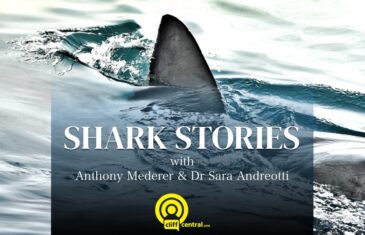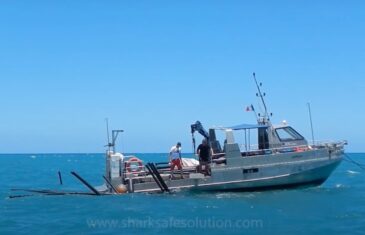We continue our chat with shark conservationist, Michael Rutzen, as he shares more incredible stories from his many dives with sharks over the years. Proudly brought to you by SharkSafe Barrier.
Read moreWorld renowned shark conservationist, Michael Rutzen was among the first divers to dive cage-free with white sharks. This week, he shares some unbelievable stories with us. Proudly brought to you by SharkSafe Barrier.
Read moreIn 1994, two friends went surfing at Nahoon beach in South Africa… but there was a Great White shark there too. Proudly brought to you by SharkSafe Barrier.
Read moreIn 1972, three divers faced a harrowing experience when one of them was attacked by oceanic whitetip sharks, while diving to the depths of the Caribbean. Proudly brought to you by SharkSafe Barrier.
Read moreThree people set out for a fishing expedition in Australia's Great Barrier Reef in 1983. Only one of them would return. Proudly brought to you by SharkSafe Barrier.
Read moreIn 1945 - during WWII - the USS Indianapolis was sent on a top-secret mission, with over 800 soldiers on board. Only 320 survived. Proudly brought to you by SharkSafe Barrier.
Read moreIn December 1957, nine people were attacked by sharks along the coast of KwaZulu-Natal, South Africa. The government had a unique approach to stopping the carnage... but did it work? Proudly brought to you by SharkSafe Barrier.
Read moreUp until around a century ago, people didn't know about sharks and how dangerous they could be. That all changed in July 1916. Proudly brought to you by SharkSafe Barrier.
Read moreJaco, as a conservationist at heart, chats to Dr Sara Andreotti about the importance of changing the “drop the nets to save our beaches” practice, as this is disrupting and killing our marine life. They discuss how the SharkSafe Barrier can ensure skills upliftment, jobs and exporting opportunities - while peacefully co-existing with sharks. With a bottom up approach, the community and holiday goers can encourage safer patrol of our shorelines with new and less invasive inventions.
Read more


